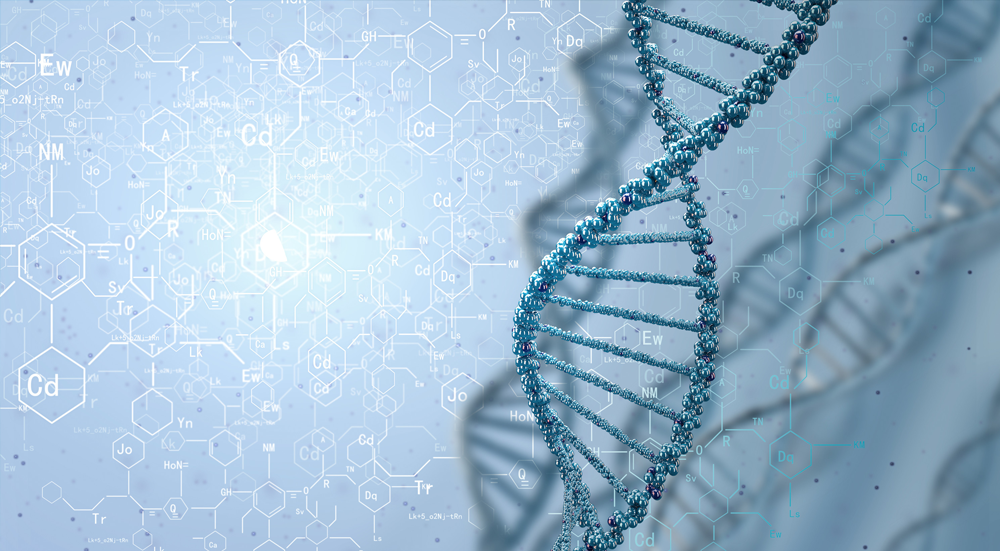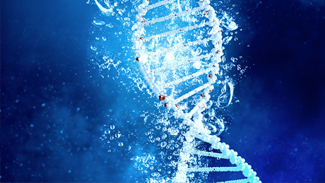
How can CLAM Water Sampling aid in eDNA sampling?
eDNA stands for environmental DNA and the sampling is a great method for detecting aquatic organisms such as amphibians and fish. Aquatic animals and organisms produce genetic material in water in various ways such as feces, exogenous processes or sloughed cells.
The collection and analysis of eDNA from aquatic environments is a highly effective way of determining the presence of aquatic life. It is vital to properly collect, concentrate and preserve the eDNA samples to effectively gauge the presence of aquatic life.
The CLAM (Continuous Low-Level Aquatic Monitoring) is a revolutionary device that gives a 36-hour continuous extraction that is equivalent to a one hundred liter water sample. The CLAM uses a CLAM Media Disk that stores a huge amount of trace organic material. In order to properly and effectively draw samples for eDNA sampling, the CLAM is a great piece of engineering that will assist with the task.

The CLAM provides a time integrative extraction event, that will allow collecting the biodiversity of an ever changing dynamic aquatic environment. The CLAM allows unattended continuous large volume filtration/collection while submerged or floating, drifting, or being towed in the sample itself. The CLAM collects the total and dissolved eDNA and leaves the water behind, providing a small contaminate free protected shipping cartridge for transport to the lab for analysis.
Contamination prevention
Sample contamination is always a factor that one must be aware of. Contaminates can enter the sampling processes at any time and can originate from various sources.
Before any eDNA sample collection can take place there are laboratory and field practices that must be followed to avoid contaminated samples.
The CLAM is an extraction device that is fully submersible and uses CLAM Media Disks to collect eDNA from the water. The water is drawn through the CLAM Media Disk first, preventing the potential contamination at the extraction.
Very little human interaction with the device is needed as it is self-operating and self-containing for up to 36 hours. This prevents any accidental contamination from human error or interaction during the sampling period.
The added benefit of the CLAM is that it weighs under two pounds and comes with a rechargeable battery, making it easy to take the CLAM to remote areas and left unattended to actively sample water for up to 36 hours.
The CLAM can be used in various aquatic environments such as drinking water systems, lakes, agricultural runoff, urban water systems, monitoring wells, rivers, marine environments, and stormwater. It is light-weight, versatile and effective and using the CLAM will make following the protocols easy and at times unnecessary.
The advantages of the CLAM over other methods
- With the CLAM the CLAM Media is sheathed in a micro glass fiber matrix and kept in place within an encasing. The realignment problem experience with other methods is removed as there is no need to handle the CLAM Media.
- A larger sample volume is allowed to be extracted due to lofted prefiltration.
- The media wafer is encased in a sturdy shipping container which eliminates all transport problems and possible contamination issues.
- There is no need to cart around heavy or fragile laboratory equipment, power sources, and solvents to remote areas as the CLAM is a self-contained submersible extraction device.
- Ability to integrate pollutants in 100 liters of water quantitatively, allowing ultra-low detection levels
- Will run unattended submerged for up to 36 hours on 4 Energizer ULTIMATE Lithium AA batteries
The CLAM is a great device for sampling and will assist with eDNA sampling. The device is engineered in such a way that there are no contamination issues and is easily transported to the most remote areas.
